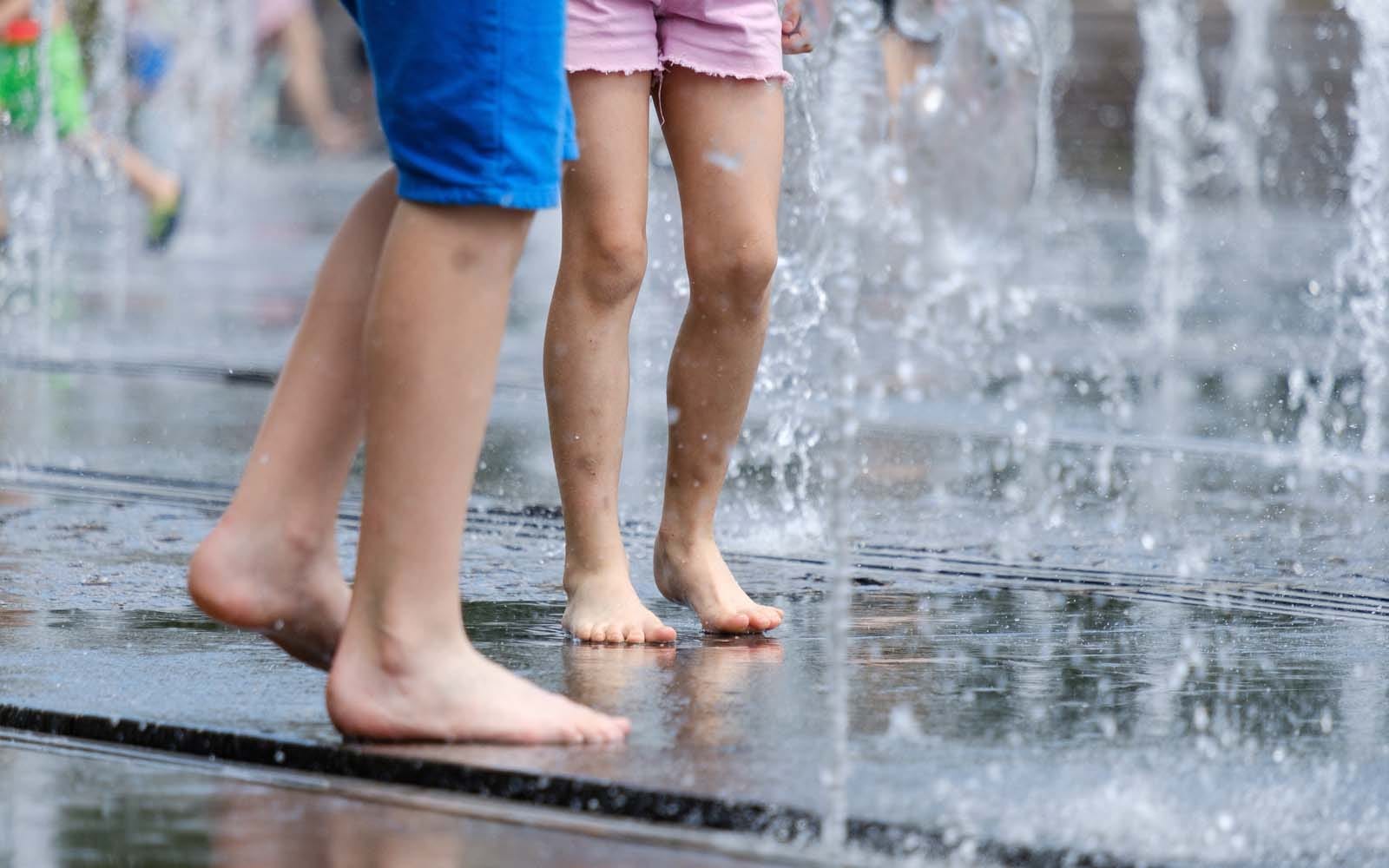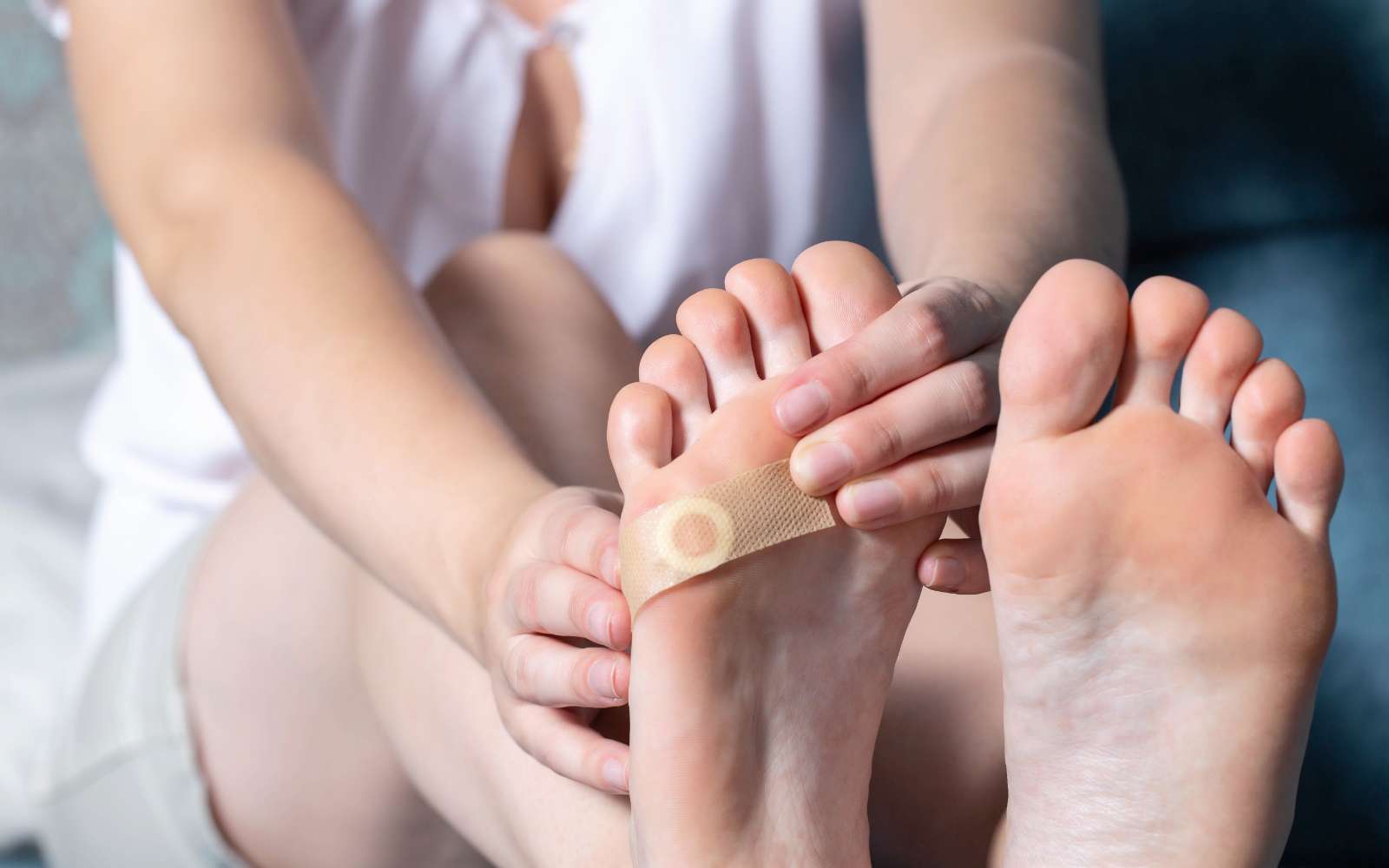Warts are small, rough skin growths caused by the human papillomavirus (HPV). Kids are more prone to getting warts because their immune systems are still developing.
They often get them through direct contact with a wart from another person or by touching surfaces that a person with a wart has touched, such as a towel or a doorknob.
It's important to note that not all warts are the same. There are different types of warts, and they can appear anywhere on the body.
Common warts often appear on fingers or hands, while plantar warts are found on the bottom of the foot. Flat warts can appear anywhere and are smaller and smoother than other types.
Learn more about the different types of warts and what they look like be visiting our page, "What is a Wart?"
Why do Kids Get Warts More Often Than Adults?
Children are especially susceptible to warts, but why is this? The answer lies in a combination of factors related to their lifestyle, behaviour, and developing immune systems.
Children’s Lifestyle and Behaviour
Firstly, children tend to engage in more direct physical contact with their peers compared to adults. This is particularly true during playtime and sports activities. They're often in close quarters, touching the same objects, and even coming into skin-to-skin contact with each other.
This provides ample opportunities for the transmission of the human papillomavirus (HPV), the virus responsible for causing warts.
Another factor is the hygiene habits of children. Kids are often less diligent about personal cleanliness compared to adults. They may forget to wash their hands regularly, especially after playing outdoors or interacting with their peers.
This lack of regular handwashing can increase the likelihood of HPV transmission, leading to the development of warts.
Moreover, children often share personal items with their friends, such as towels, shoes, and sports equipment. These items can harbor the HPV virus if they've been in contact with a wart and sharing them can facilitate the spread of the virus.
Children's skin is also more prone to cuts and scrapes, whether from playing, sports, or just the general clumsiness of childhood. These small openings in the skin provide an easy entry point for the HPV virus, increasing the risk of warts.
Children’s Immune System Response
Secondly, children's immune systems are still developing. While this process equips them to fight off a wide range of pathogens as they grow, it also means they're more susceptible to infections in their early years. The HPV strains that cause warts are no exception.
When the immune system encounters HPV for the first time, it may not respond effectively, allowing the virus to infect skin cells and cause warts. However, this initial exposure to the virus isn't in vain.
The immune system has a feature known as 'immune memory.' It remembers pathogens it has encountered before, enabling it to respond more effectively when it encounters the same pathogen in the future.
As children grow and their immune systems continue to mature and gain more exposure to HPV, they become better equipped to fend off the virus, reducing the likelihood of wart formation.
As adults, our immune systems have had more exposure to various strains of HPV and are thus better able to resist the pathogen. This is why adults tend to get warts less frequently than children.
Teaching Kids About Wart Prevention
As parents, it's important to educate your children about warts and how they can protect themselves. Here are five strategies you can use:
1. Explain What Warts Are: Start by explaining what warts are in a simple, non-scary way. Use age-appropriate language and visuals to explain what warts are and how they form. There are many children's books and online resources that can help make this topic more accessible and less scary for young children.
You might say, "Warts are small bumps that can appear on your skin when a tiny germ called a virus gets into your skin. They're not dangerous, but they can be annoying."
2. Teach Good Hygiene Habits: Encourage regular hand washing, especially after playing outside or with friends. Make sure your child knows to use soap and warm water, and to scrub their hands for at least 20 seconds. To make it fun, you can sing a song that lasts for the duration of the handwashing. Also, teach them not to pick at their warts if they have them, as this can spread the virus to other parts of their body.
3. Personal Items Should Stay Personal: It can be challenging to maintain personal space in settings like school or team sports. Teach your child about the importance of personal space and to avoid sharing personal items like towels or sports equipment. They should avoid direct skin-to-skin contact with someone who has a wart and wash their hands after using shared items or spaces. Make sure your child knows that personal items like towels, shoes or sports equipment can carry the virus.
4. Protective Measures in Public Areas: If your child uses public showers or walks around public pools barefoot, encourage them to wear flip-flops or pool shoes. This barrier between their feet and the floor can help prevent the transmission of HPV, reducing the risk of developing plantar warts, which are common warts that appear on the soles of the feet. To learn more about plantar warts, read our article, Getting rid of plantar warts for good.
5. Care for Cuts and Scrapes: Teach your child to clean and cover any cuts or scrapes they have, as these can be entry points for the virus. They should use warm water and mild soap to gently clean the area, removing any dirt or debris. This not only helps prevent warts but also reduces the risk of other infections. Covering the wound provides a physical barrier that can help protect the wound from HPV and other pathogens. The covering should be changed daily, or whenever it becomes wet or dirty.
Remember, the goal is to educate your child about preventing warts. With the right knowledge and habits, your child can reduce their risk of getting warts.
Treatment Options for Warts on Children
While prevention is important, it's also essential to know how to treat warts if they do occur. Here are some options:
Home Remedies
Some people find that home remedies, such as applying apple cider vinegar or duct tape to the wart, can help. However, these methods aren't scientifically proven and may not work for everyone, and you should consult a health professional to find a suitable wart treatment option, such as over-the-counter treatments or professional removal.
Over-the-Counter Treatments
There are many effective over-the-counter treatments available for warts that can be used at home. Most common are treatments containing salicylic acid or lactic acid. These work by softening the protein (keratin) that makes up the wart helping to loosen it and making it easier to remove. Another common treatment is to freeze the wart with cryotherapy. Cryotherapy is based on technique used by healthcare professionals. At-home freeze sprays often contain dimethyl ether.
Professional Medical Advice
If a wart is painful, persistent, in a sensitive area or causing your child distress, it's a good idea to seek professional medical advice. A healthcare provider can offer additional treatment options like cryotherapy (freezing the wart with liquid nitrogen) or laser treatment.
Most warts are harmless and will eventually go away on their own, even without treatment. However, treating them can help alleviate symptoms, prevent spread and further complications, and provide peace of mind.
Visit our products page to find out more about the wart treatments we offer to remove warts easily at home.



